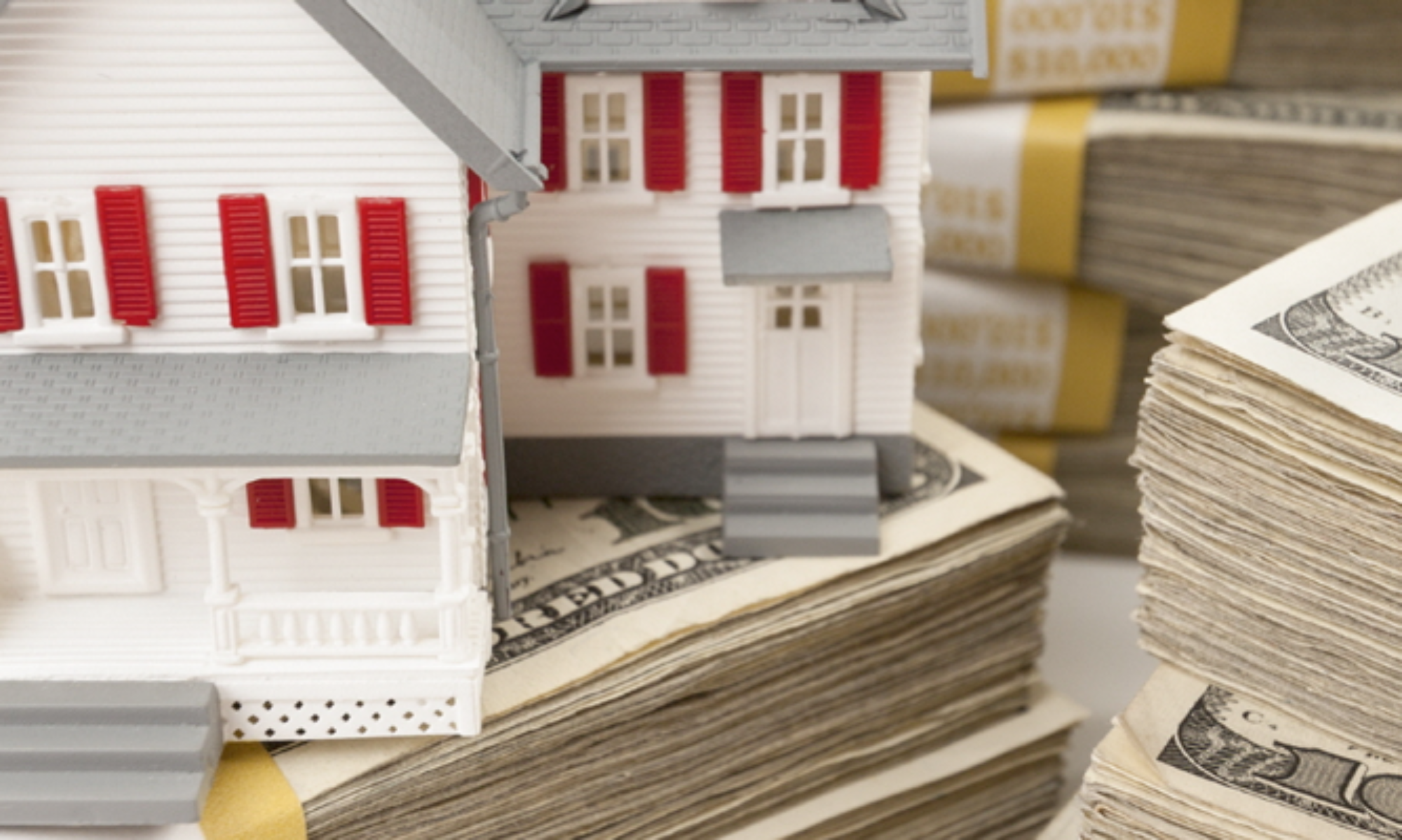This article is now on Inman News.
Takeaways:
- Find an inexpensive, stable real estate market and become a local property expert.
- Find private investors and a mentor who has done more than 500 deals to help you learn.
- Owner-financed real estate is always profitable.
Many of our investors in San Antonio financially retired when they were relatively young. They developed positive cash flow in investment properties without coming from money.
They were able to build nice portfolios of distressed properties in Texas in cash.
Here’s how you can do it too:
1. Find an inexpensive, stable real estate market
When most of our investors started, they were in college and didn’t have a lot of money. Some of them came to Texas and tried to invest in Austin; even 20 years ago, it was expensive. But many investors we have looked to San Antonio investment properties.
- $30,000 houses.
- Lots of blue-collar workers.
- Diverse and healthy job market, not just oil and gas.
This is a very good city for fixer upper homes under market value. I bought my first house for $25,000, rehabbed it for $5,000 and made 10 percent annually by renting it out. That was the beginning.
Lesson learned: Avoid real estate markets with high entry costs if your capital is limited. Lower-cost cities are much easier for beginners to invest, especially in distressed sales.
Avoid real estate markets with high entry costs if your capital is limited.
2. Find private money
So our investors would often have one or two properties but little in the bank. What to do? Make calls and find private money. You also can go to real estate meetings and look for capital.
It isn’t easy, but you can find some investors who will loan you money at reasonable rates; some of our investors have done that. It’s how they built a large portfolio of San Antonio distressed properties.
Lesson learned: Be ready and able to make hundreds of phone calls and knock on many doors to find private capital.
3. Become a local market expert
In the early years, many of our investors swung a hammer and did many rehabs themselves. Doing the work myself taught them to understand the little houses they invest in so they could become distressed property experts.
They learned what a San Antonio rehab should cost on an investment property and to never overspend on a rehab. Overspending on rehabs can kill your real estate career.
Some of our investors became real estate agents so they could source their own deals, and find deals at least 20% under market value.
Lesson learned: Learn your local market so you can get houses well under market value. Can’t find them in a hot market? OK, then go to a dozen real estate meetings in the next three months, and find an expert real estate investor who can help you find those deals.
Offer to help them with their business — anything from making calls to hanging bandit signs — in exchange for helping you find under-market-value deals.
Find an expert investor to help you find deals, and offer to help the investor with business.
4. Find a good real estate mentor
Starting in real estate investing without a mentor is like playing tennis without a racket. Every single rookie investor should work with an experienced, successful investor mentor who has done hundreds of deals and succeeded in boom and bust real estate markets. I found several in distressed sales.
You can find mentors at city real estate meetings. You also can go to real estate investor meetings in other towns. You can connect with a lot of rich investors with networking.
Lesson learned: Find a mentor who has been in the business for 10 years, has done 500 or more deals, and has made profits in the most recent real estate downturn. That’s someone you want to work with.
5. Invest for cash flow with owner financing
In 2005, one of our successful mentors taught me that rental real estate often is profitable, but done right, owner-financed real estate is always profitable.
So many investors stopped rehabbing and renting properties that year, and changed to owner-finance only.
Now, they buy for cash, do $10,000 or $20,000 in rehab, and resell the home with owner financing to a buyer with $5000 down.
This model has no ongoing maintenance or property management costs. Each house puts $500-$700 a month into their bank accounts, and they don’t have to do anything.
Every one of their investment properties has positive cash flow, and was bought solely for monthly cash flow from owner financing. Most don’t buy for appreciation.
Lesson learned: Think about investing strategies other than renting out houses. Owner financing is much less stressful, and the cash flow is more stable.
Owner financing is much less stressful, and the cash flow is more stable.
Following those five essential tips is what many of our investment property investors to retire early, and you can too!
